If you enjoy travelling around Norway, we're sure you'll enjoy visiting our neighbours too. Extend your travels in Scandinavia by taking in some of the highlights offered over the border in Sweden.
The three Scandinavian countries–Denmark, Norway, and Sweden–share so much history and culture. So much so, that it sometimes surprises international visitors just how different they can be.
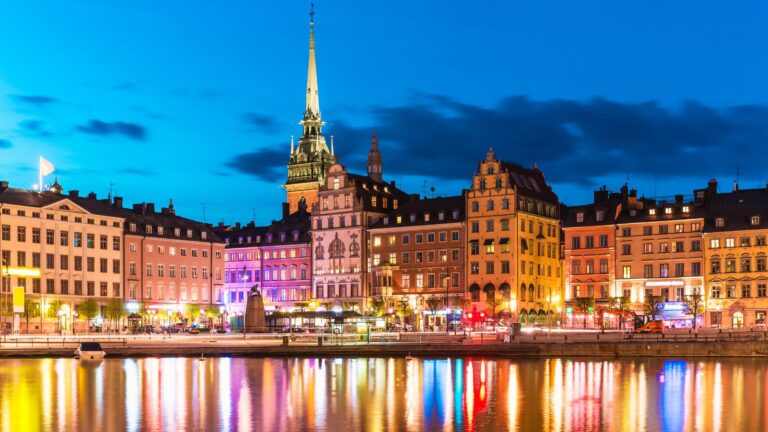
Having already taken a look at what Denmark has to offer, this time around we're looking east. After a week trekking the Norwegian mountains or exploring the fjords, Sweden offers something different.
From Norway, Sweden is a simple weekend trip by car, plane, train or bus. The best option depends on where you're travelling from. Several flights zip to and from Stockholm every day, while the train and buses are good options from Oslo.
A Quick Introduction to Sweden
Sweden is far more than just the birthplace of IKEA, the legacy of Vikings, and the land of meatballs.
It is a country where the pulse of bustling urban life harmoniously blends with the serenity of its lake-dotted countryside and the pristine wilderness of the Arctic, offering a comprehensive Nordic journey that transcends typical Scandinavian clichés.
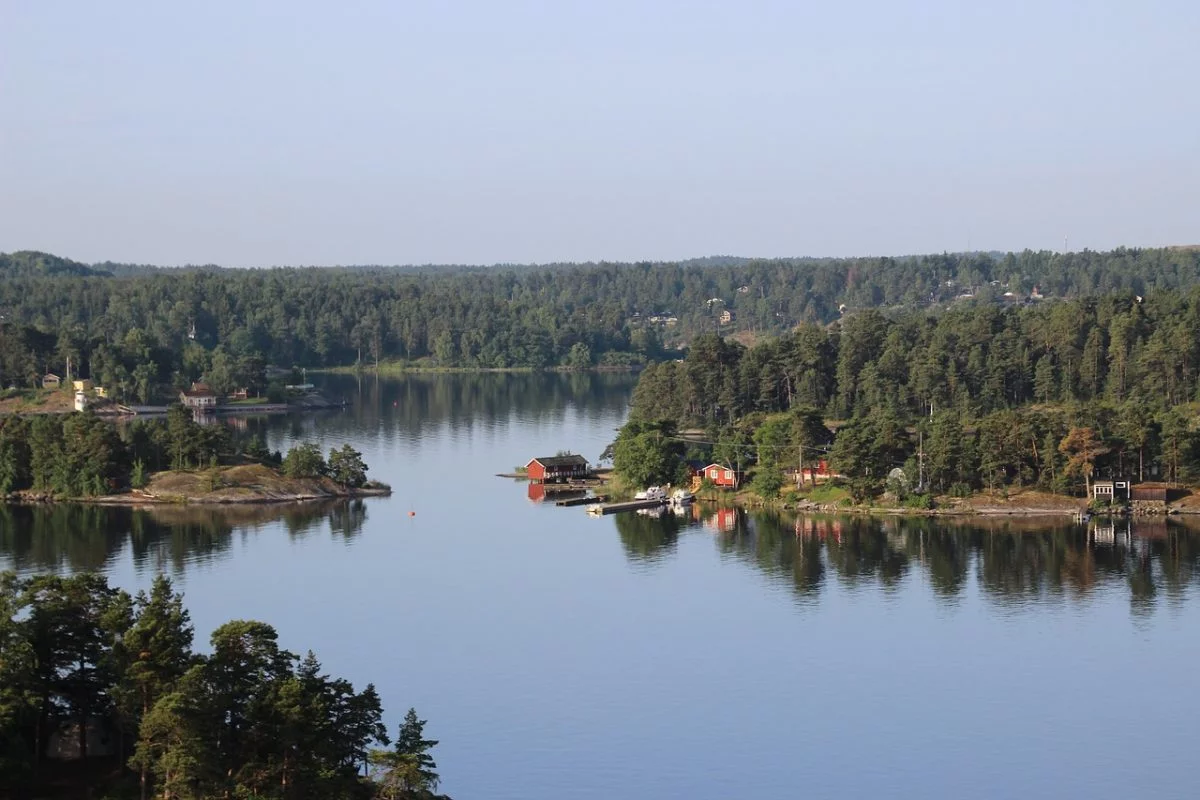
In Swedish cities, centuries-old architecture melds seamlessly with the forefront of modern design and culinary innovation.
Sweden Travel Resources: Book Hotels in Sweden – Car Rental in Sweden – Book Tours in Sweden – Travel Insurance
Just a stone's throw from these cities, the vast expanses of tranquil landscapes define the nation. Here, magnificent lakes and extensive coastlines beckon outdoor adventurers.
Further north, the Arctic expanse captivates with the phenomena of the midnight sun and the aurora borealis, while also providing a unique window into the indigenous Sami culture.
Whether your journey to Sweden involves a brief stopover in the capital aboard a cruise or an elaborate month-long expedition crisscrossing the country, a myriad of destinations await that promise an authentic immersion into Swedish culture.
Stockholm
Sweden's vibrant capital city gracefully sprawls across a cluster of islands, ensuring that water is ever-present and adding to the city's unique charm.
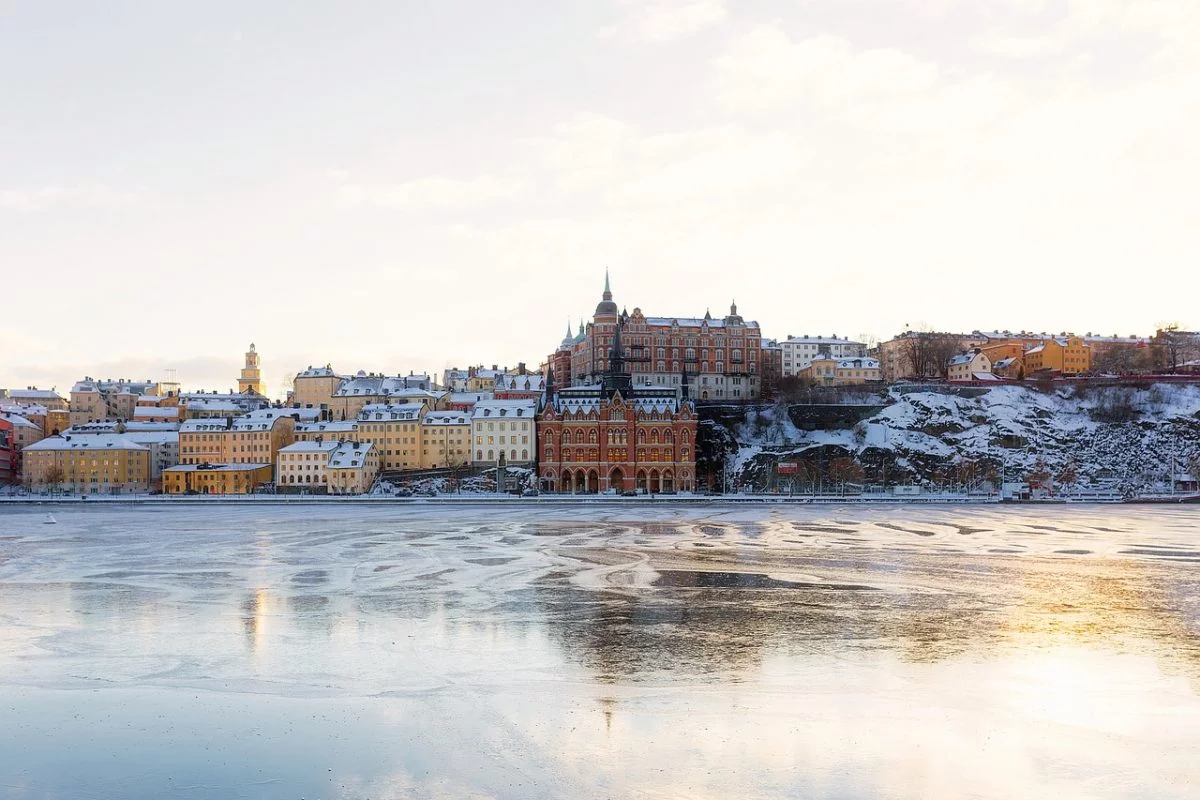
This geographical setting divides Stockholm into distinctive districts, each boasting its own character and allure.
An efficient network of trams, ferries, and pedestrian routes makes navigating these islands a breeze, inviting visitors to explore the diverse offerings of each locale.
Djurgården
A visit to Djurgården is essential for any traveler. This large, peaceful island is a treasure trove of some of the city's premier attractions, including the historical Skansen open-air museum, the impressive 17th-century warship Vasa, and the delightfully engaging ABBA museum.
These sites are not just stops on a tourist itinerary; they are gateways to understanding the cultural and historical fabric of Stockholm.
Gamla Stan
The heart of Stockholm's historical narrative beats in Gamla Stan, the city's famed old town. Here, the narrow, mostly pedestrian cobblestone streets are flanked by buildings that whisper tales from centuries past.
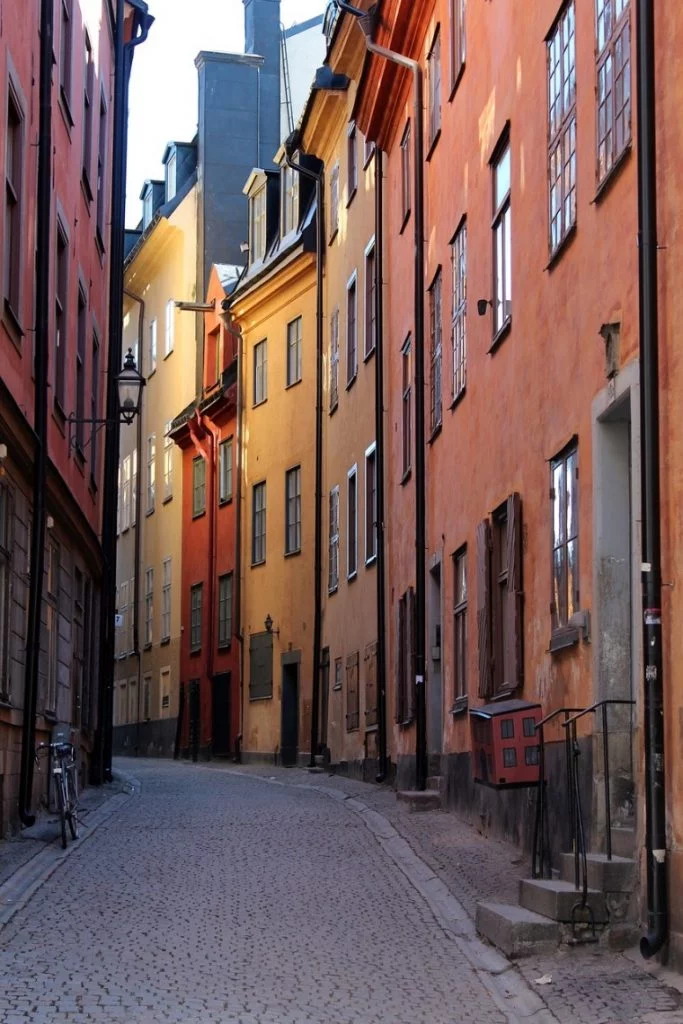
This area is a labyrinth of charming nooks and crannies, with old-fashioned bicycles and antique lamp posts lining the way, evoking a sense of time travel to a bygone era.
Drottningholm Palace
Drottningholm Palace stands as a testament to the lavish tastes and stylistic influences of its royal inhabitants through the centuries.
The opulent reception halls, decorated by monarchs such as Hedvig Eleonora, Lovisa Ulrika, and Gustav III, are open to the public, offering a glimpse into the luxurious royal lifestyle.
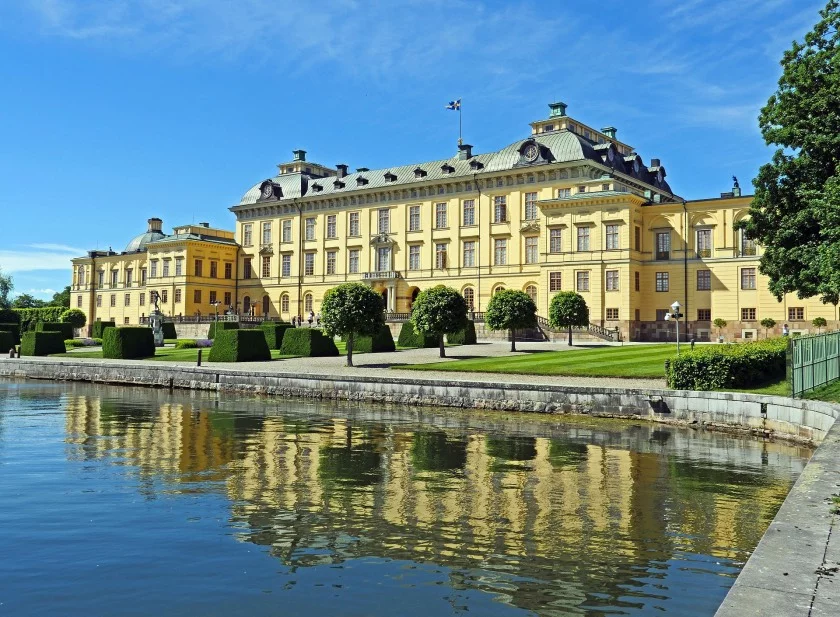
Stockholm’s narrative is not just limited to its past. Founded in the 13th century, it has grown into Sweden’s largest city, a status it has maintained through the ages, even amid conflict.
Stockholm Metro
Today, Stockholm is a beacon of Swedish culture on the international stage, showcasing the country's prowess in art, design, fashion, music, and history. The city's commitment to public art is vividly displayed in the Stockholm metro system.
Sweden Travel Resources: Book Hotels in Sweden – Car Rental in Sweden – Book Tours in Sweden – Travel Insurance
Initiated in the 1950s, this citywide art project has transformed the metro stations into a sprawling gallery featuring mosaics, murals, sculptures, engravings, and other installations by a diverse array of artists, enriching the daily commute with artistic wonder.
Stockholm Archipelago
Much like the Norwegians, the locals here love nothing more than to escape the hustle and bustle of the Swedish capital and head to the water.
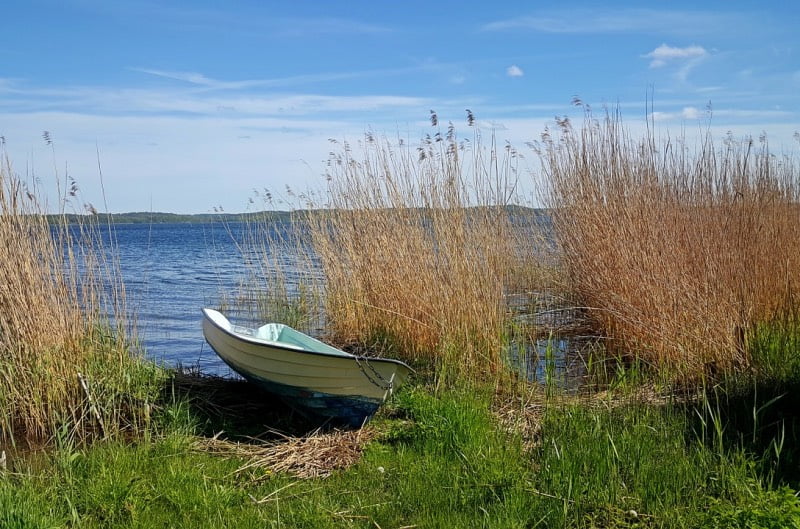
Despite its status as the bustling capital, Stockholm uniquely offers its residents and visitors an immediate escape into nature. The extensive archipelago, stretching nearly 50 miles into the Baltic Sea, stands as a breathtaking natural retreat.
This archipelago, a sprawling paradise dotted with vacation homes, hiking trails, rugged coastlines, and serene coves explored by sailboats, showcases an untouched wilderness that captivates the heart of any adventurer.
Exploring the archipelago doesn't follow a prescribed path. The larger islands, such as Vaxholm, Grinda, and Sandhamn, brim with quaint villages where the charm of the area is complemented by a variety of amenities including cozy cafes, welcoming restaurants, and comfortable accommodations.
The Waxholms Hotel on the picturesque Vaxholm island is hugely popular with city dwellers looking for a relaxing weekend break. Boats come and go round the clock, and the bridge is never still.
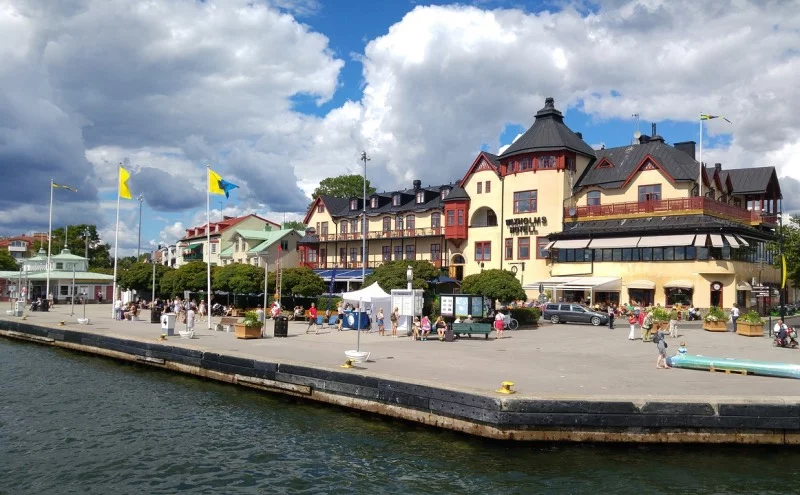
On the other hand, the smaller and more secluded islands offer a unique opportunity to immerse oneself in the Scandinavian appreciation for outdoor life.
Each island, regardless of its size, invites visitors to create their own unique experience, truly embodying the spirit of exploration and the deep connection to nature that defines the region.
A ferry network transports residents and tourists from the city to some of the bigger islands, or you can rent a boat to visit the more isolated ones.
Uppsala
Home to Scandinavia's oldest university, Uppsala stands as Sweden’s centre of knowledge. A vibrant student city, Uppsala is packed with historic charm from its towering cathedral to the Viking Age runestones dotted around the city.
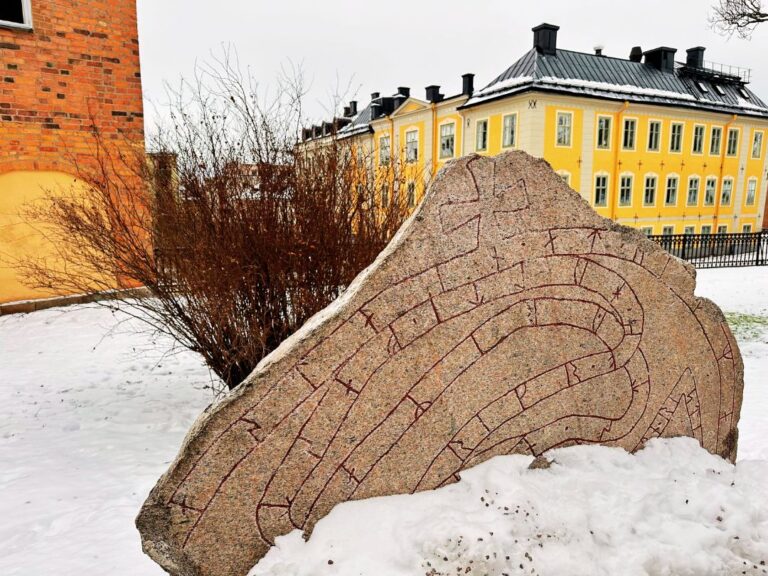
Gamla Uppsala, the city's old town, is renowned for its rich Viking Age legacy. Once a powerful religious and political centre, it now boasts majestic burial mounds, a historic church, and the Gamla Uppsala Museum.
Uppsala makes for an easy and enjoyable day trip from Stockholm thanks to direct train and bus links.
Gothenburg
For those seeking an alternative to the dynamic tempo of Stockholm, Gothenburg, Sweden's second-largest city, offers a delightful respite. Despite its size, Gothenburg exudes a more relaxed atmosphere, making it an appealing destination for visitors.
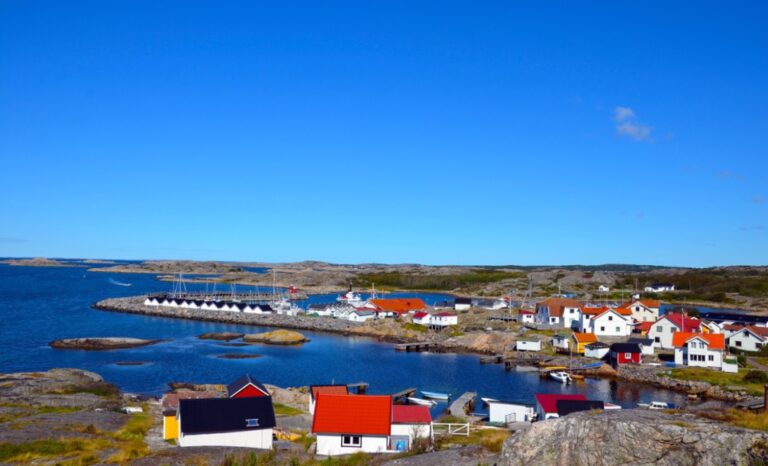
Renowned for its leadership in sustainability and a rich history characterised by trade and innovation, Gothenburg presents a wealth of experiences waiting to be uncovered.
Among its standout attractions, Liseberg shines as Scandinavia's premier amusement park, second only to Copenhagen's Tivoli Gardens, and is an essential visit for families looking for memorable experiences.
The charming cobbled streets of the historic Haga district invite leisurely exploration, offering the perfect backdrop for engaging in the quintessentially Swedish tradition of fika, where coffee is savoured with pastries in a convivial setting.
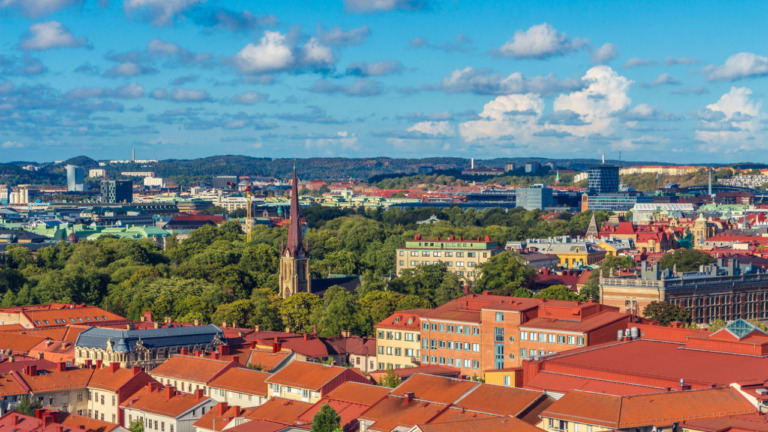
Mirroring Stockholm's pride in its archipelago, Gothenburg too boasts a magnificent archipelago, deeply cherished by locals. Many Swedes have holiday homes on these islands, choosing to spend extended periods in this idyllic setting.
True to Gothenburg's commitment to sustainability, the southern archipelago is a car-free haven, emphasizing tranquility and environmental preservation. Passenger ferries link the islands to the mainland, facilitating exploration of this natural landscape.
The wilder nature of Sweden's west coast including the Kosterhavet National Park is within easy reach of Gothenburg by boat or car.
Malmö
Malmö, Sweden's third-largest city, sits at the crossroads of Scandinavian innovation and culture, connected to Denmark by the iconic Öresund Bridge.

This engineering marvel not only links Sweden and Denmark by road and rail but also marks a grand entrance into Malmö and the southern region of Skåne.
Malmö has beautifully transitioned from its origins as a port and industrial hub into an eco-conscious city that prioritizes art, culture, and sustainability.
The city's transformation is epitomized by the Turning Torso, a magnificent piece of modern Scandinavian architecture designed by the Spanish architect Santiago Calatrava.
This twisting skyscraper, which is Sweden's tallest building and consists of nine cubes that rotate through 90 degrees, stands as the centerpiece of a modern waterfront district.
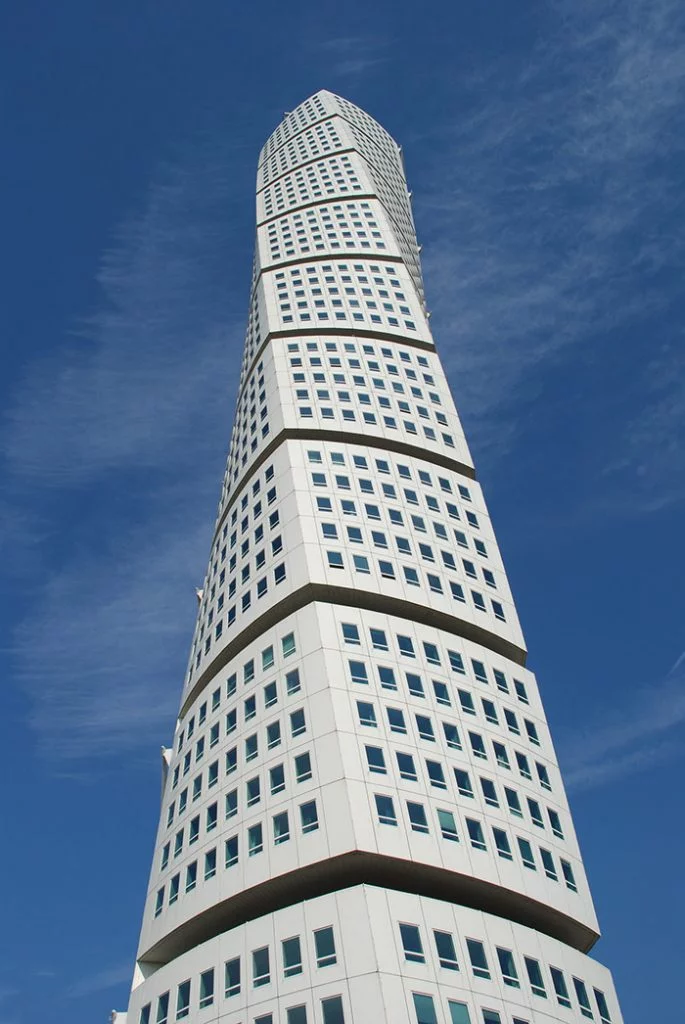
This area, distinct from Malmö's historic core, complements the city's rich past, exemplified by attractions such as Malmö Castle and the charming marketplace of Lilla Torg with its varied architecture.
Malmö's commitment to an eco-friendly lifestyle is evident in its encouragement of cycling as a preferred mode of transportation.
This emphasis on environmental sustainability is part of what has earned Malmö the reputation as the “city of parks,” with the waterfront district offering ample opportunities for walking and biking, enhancing the city's appeal.
Swedish Lakes
The third biggest country (by area) in the European Union, Sweden extends far, far beyond the three main cities listed above. Inland Sweden is known mainly for its lakes.

Sweden has no shortage of lakes, with approximately 90,000 throughout the country. Many cabins are dotted around the edge of these lakes and are a popular holiday destination during the summer.
The Dalarna region and in particular Lake Siljan is the best place to start your exploration. Here you'll find the traditional Dala Horse, one of the most popular symbols of Sweden.
The painted, wooden horse makes for a wonderful souvenir of your travels, but there are plenty of other arts and crafts available.
In the summertime, Lake Siljan becomes a hive of activity. Fishing, swimming, watersports, and boat trips on heritage boats are among the activities available.
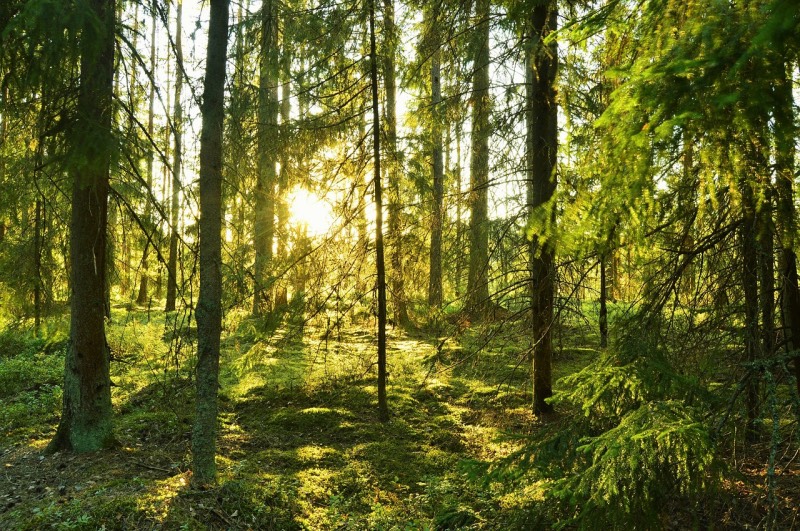
More than half of the country is covered by forest. While some of the land is used for fuel and building materials, much of Sweden's forest is great for a hiking and camping vacation.
As in Norway, a freedom to roam law gives people the right to hike and camp on public land, as long as you leave no trace. You're also free to go foraging for wild berries, herbs and mushrooms. Just be sure you know what you're picking.
Northern Sweden
Does sitting around a campfire with a Sami guide, hearing tales of myths and legends and sharing stories of the day’s dog sledding adventure sound good? Then Arctic Sweden could be for you.
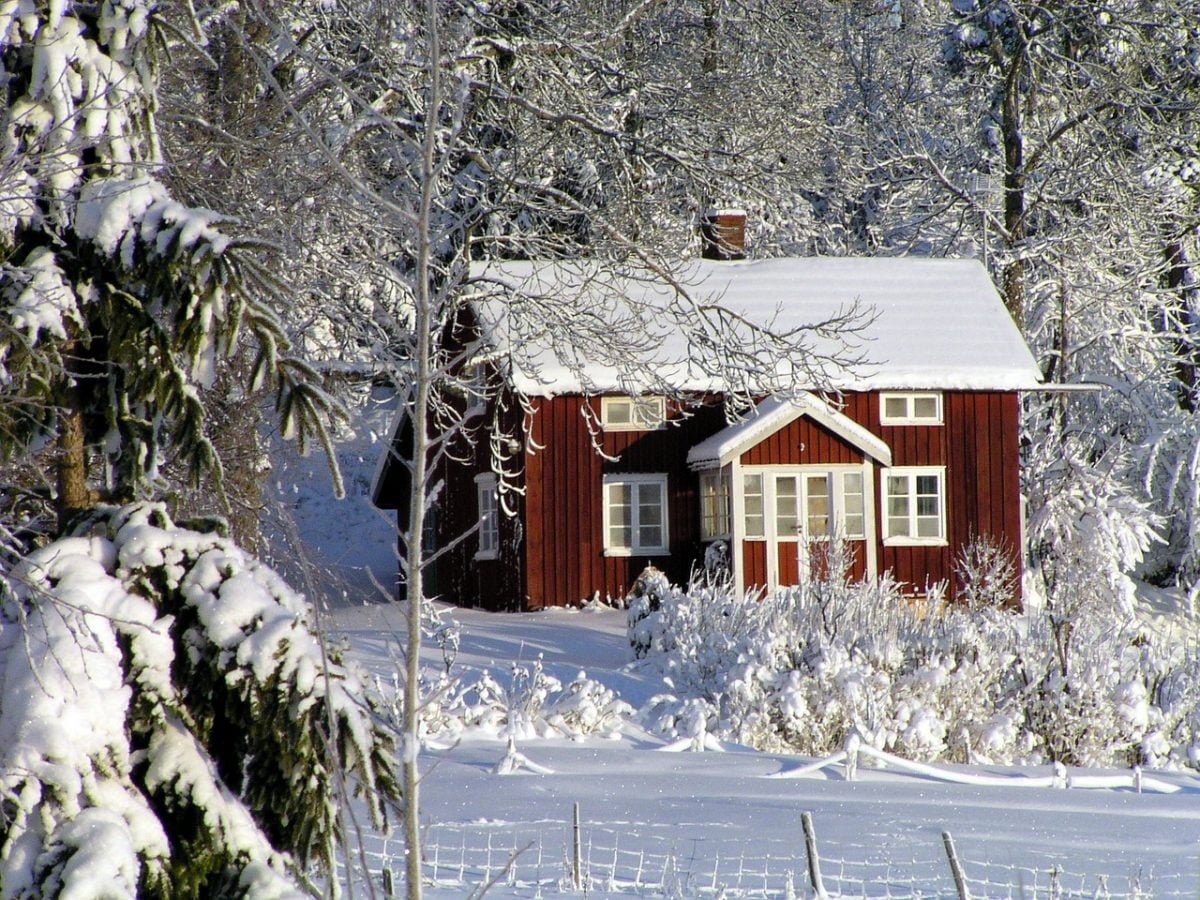
While much of Arctic Norway is milder than many expect due to the long coastline, much of northern Sweden is far inland and therefore temperatures can be considerably lower. Snow is virtually guaranteed for months at a time.
Luleå is one of the more populous cities in northern Sweden, broadly similar to Tromsø in size. It has a large harbour and plays an important part in Sweden's ICT and knowledge industries.
The UNESCO World Heritage site ‘Gammelstad Church Town' is the best preserved example of a type of church settlement that was once widespread throughout northern Scandinavia.
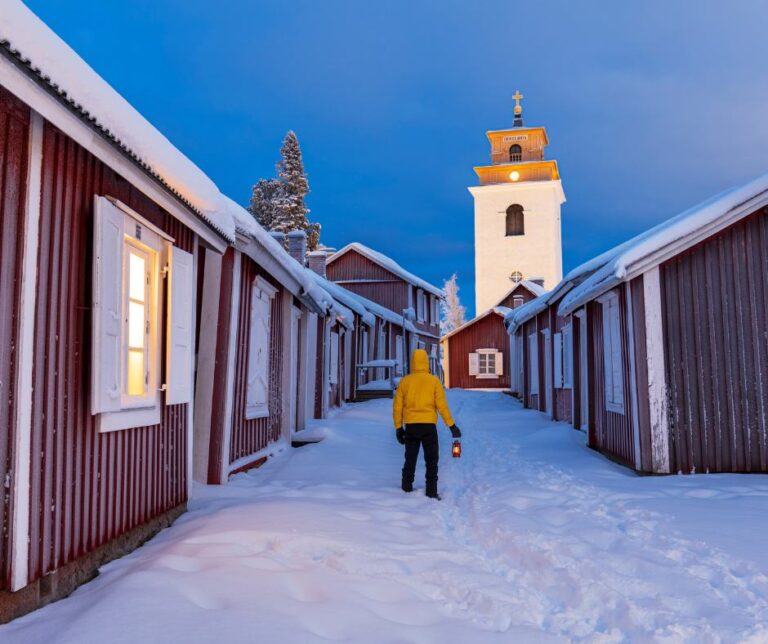
About 10km away from Luleå, Gammelstad consists of over 400 well-preserved wooden houses surrounding a late medieval stone church. It was originally built to accommodate worshippers travelling from afar.
Like Norway, Sweden's Sami population has its own Parliament. Based in Kiruna, the Parliament was established in 1993. It acts as an institution of cultural autonomy for the indigenous Sami people.
Northern Lights in Sweden
Sweden's vast northern region offers great opportunity for aurora hunters, much like the north of Norway. The best times of year to see the northern lights in Sweden are late Autumn and late winter.
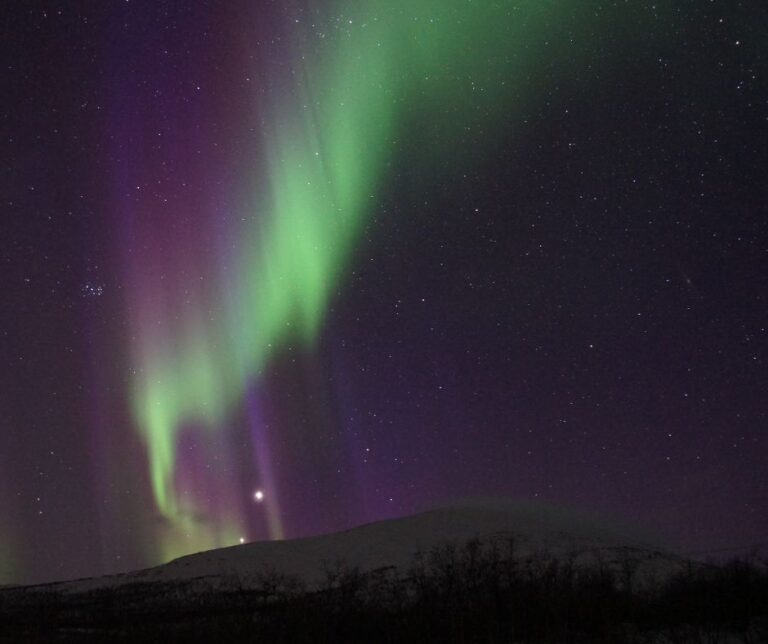
Most keen aurora hunters would be best advised to head for Abisko National Park, close to the border with Norway.
Sweden Travel Resources: Book Hotels in Sweden – Car Rental in Sweden – Book Tours in Sweden – Travel Insurance
Its location ensures a high frequency of aurora sightings, thanks to its optimal geographical positioning within the auroral oval, where solar particles collide with the Earth's magnetic field to create the aurora borealis.
Additionally, Abisko benefits from a unique microclimate with very dry weather, resulting in clearer skies. The presence of Lake Torneträsk also helps to stabilise the local climate, further reducing cloud cover and enhancing visibility.
What are your favourite places to visit in Sweden? I'd love to hear your thoughts and experiences down in the comments.





A little surprised to see no mention of Uppsala.